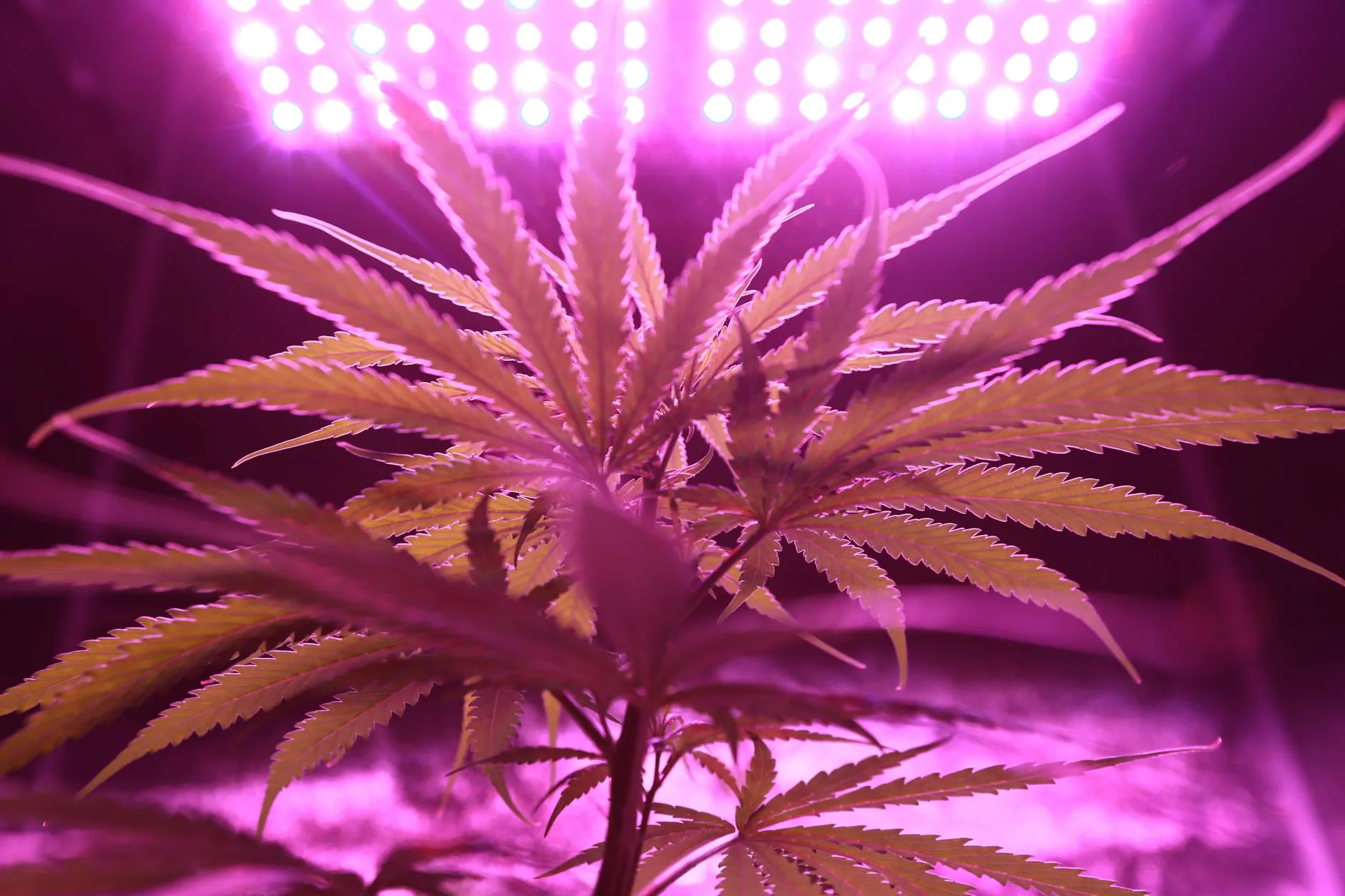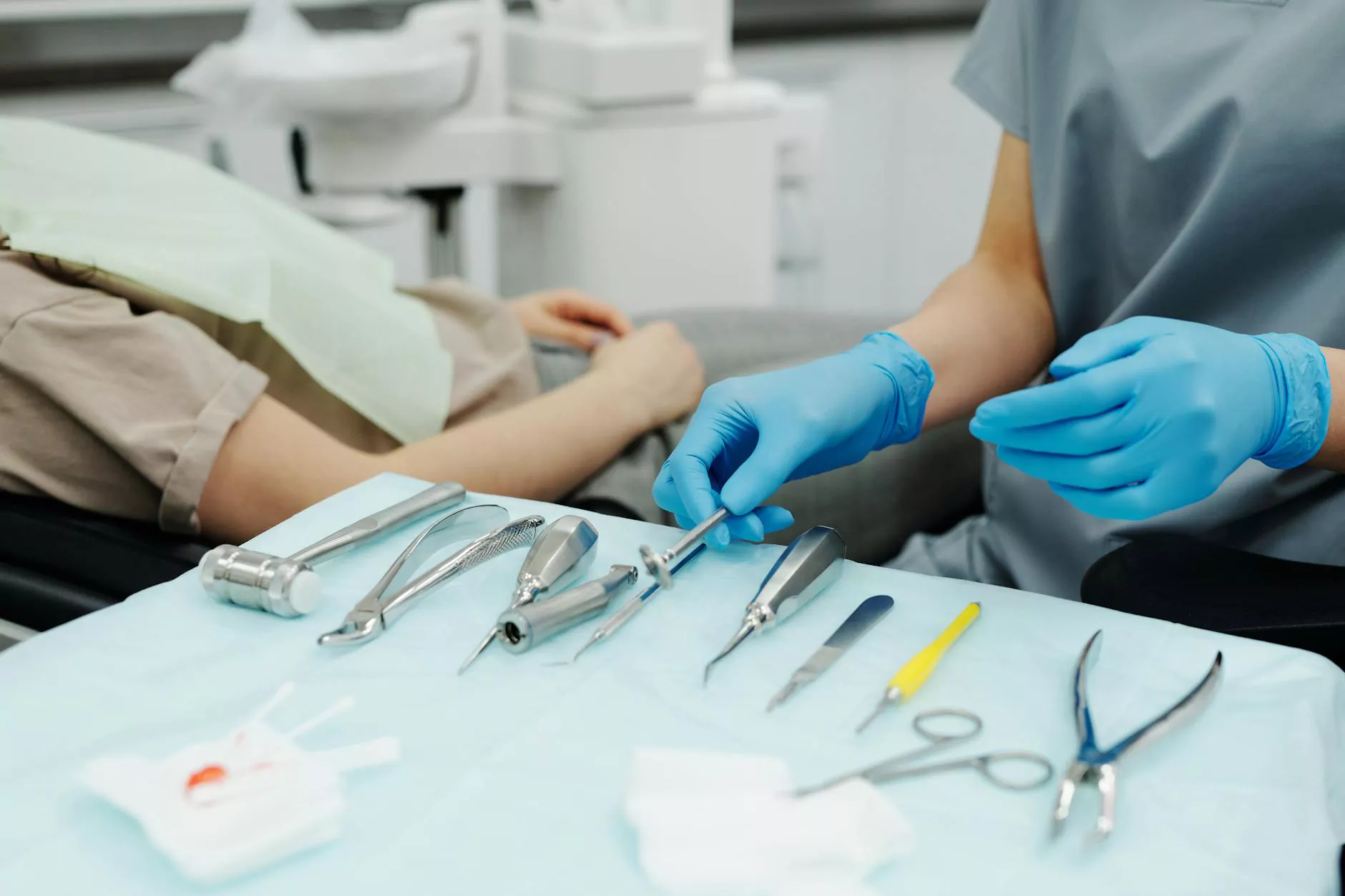Understanding the Difference Between Tendonitis and Tendinopathy: An Essential Guide for Healthcare Providers, Educators, and Chiropractors

In the realm of musculoskeletal disorders, particularly those involving tendons, clarity on terminology and underlying pathology is critical for effective management and treatment. Among the most frequently misunderstood conditions are tendonitis and tendinopathy. Although often used interchangeably in casual settings, these terms have distinct meanings rooted in their pathophysiology, clinical presentation, and treatment strategies. Recognizing the difference between tendonitis and tendinopathy is essential for health & medical professionals, educators, and chiropractors dedicated to delivering accurate diagnoses and tailored therapies. This comprehensive guide delves into the nuanced distinctions, emphasizing the importance of precise terminology for improved patient outcomes.
What Are Tendonitis and Tendinopathy? An Overview of Tendon Disorders
Definition of Tendonitis
Tendonitis refers to an inflammatory condition of the tendons that results from acute injury or repetitive overuse. The suffix "-itis" signifies inflammation, indicating an active inflammatory process involving redness, swelling, pain, and sometimes warmth. Typically, tendonitis occurs after sudden trauma or overexertion, triggering an immune response that leads to localized inflammation.
Definition of Tendinopathy
Tendinopathy is an umbrella term encompassing a spectrum of tendon disorders characterized primarily by degenerative changes rather than active inflammation. The suffix "-pathy" denotes a disease or disorder, often indicating chronic, progressive deterioration of tendon tissue. Tendinopathy may manifest as tendinosis, tendinitis, or partial tearing, with histopathological evidence showing collagen degeneration, increased ground substance, neovascularization, and disorganized tendon architecture.
Key Differences Between Tendonitis and Tendinopathy: Pathophysiology
Inflammation vs. Degeneration
- Tendonitis: Represents an inflammatory reaction, primarily involving infiltration of inflammatory cells such as leukocytes, edema, and increased vascularity. It is often an acute or subacute process with rapid onset.
- Tendinopathy: Signifies a chronic, degenerative process without significant active inflammation. Instead, it involves disorganized collagen fibers, cellular apoptosis, and tissue breakdown over time.
Clinical Implications of the Pathophysiology
Understanding whether a patient's condition is *primarily inflammatory or degenerative* guides treatment. For example, anti-inflammatory approaches are more effective for tendonitis, whereas tendinopathy often necessitates modalities that promote tissue healing and remodeling, such as eccentric loading exercises or regenerative therapies.
Clinical Presentation: Symptoms and Signs of Tendonitis versus Tendinopathy
Symptoms of Tendonitis
- Sudden, intense pain localized around the affected tendon
- Swelling and redness at the site
- Pain exacerbated by activity or movement
- Relief with rest
- Warmth and tenderness upon palpation
Symptoms of Tendinopathy
- Chronic, dull ache or soreness that develops gradually
- Pain during and after activity, not always alleviated by rest
- Pain persists or worsens with continued use
- Possible crepitus or thickening of the tendon
- Lack of overt redness or warmth, typical of a non-inflammatory process
Diagnosis and Imaging: Differentiating Tendonitis from Tendinopathy
Clinical Examination Techniques
Careful assessment through palpation, active and passive movement testing, and functional evaluation helps identify the nature of the tendon disorder. For instance, tenderness with active movement suggests inflammatory involvement, whereas fixed a010and thickening indicates degenerative changes.
Imaging Modalities
- Ultrasound: Can detect fluid accumulation, neovascularization, and tendon thickening, aiding in distinction—highlighting inflammation in tendonitis, degeneration in tendinopathy.
- Magnetic Resonance Imaging (MRI): Provides detailed visualization of tendon structure, revealing edema in inflammatory states or degenerative, disorganized fiber patterns in tendinopathy.
Effective Treatment Strategies for Tendonitis and Tendinopathy
Treatment for Tendonitis
- Rest and activity modification to reduce mechanical stress
- Anti-inflammatory medications such as NSAIDs
- Ice therapy to minimize swelling
- Physical therapy focusing on gentle stretching and inflammation control
- In some cases, corticosteroid injections may be used, but with caution due to potential tissue weakening
Treatment for Tendinopathy
- Eccentric exercise programs to promote collagen realignment and strength
- Regenerative therapies such as platelet-rich plasma (PRP) injections
- Extracorporeal shockwave therapy for stimulating healing
- Load management to prevent further degeneration
- Addressing biomechanical factors that contribute to chronic loading
The Role of Chiropractors and Educators in Managing Tendon Disorders
chiropractors
Chiropractors play a vital role in assessing musculoskeletal health, identifying underlying causes of tendon problems, and implementing non-invasive, evidence-based interventions. They focus on therapeutic exercises, joint mobilizations, and patient education to facilitate natural healing.
Educators
Educating patients and students about the importance of proper mechanics, ergonomics, and early intervention is crucial in preventing both tendonitis and tendinopathy. Awareness about the difference between tendonitis and tendinopathy enhances proactive management and reduces chronicity.
Preventing Tendon Disorders: Best Practices
- Gradual escalation of activity levels to prevent overload
- Proper technique and biomechanics during physical activity or work
- Effective warm-up and cool-down routines
- Cross-training to avoid repetitive strain on specific tendons
- Maintaining overall fitness and flexibility
Emerging Research and Future Directions
Ongoing advances in regenerative medicine and molecular biology continue to shed light on the complex pathology of tendon disorders. Novel therapies targeting molecular pathways involved in collagen synthesis, angiogenesis, and inflammation are promising. Furthermore, improved imaging techniques and biomechanical assessments will enhance diagnostic accuracy and personalize treatment plans for patients suffering from either tendonitis or tendinopathy.
Conclusion: Why Correctly Differentiating Between Tendonitis and Tendinopathy Matters
Accurate differentiation between tendonitis and tendinopathy is not only a matter of semantics but a cornerstone of effective clinical intervention. Recognizing whether inflammation or degeneration predominates guides the choice of appropriate management strategies, informs prognosis, and ultimately improves patient recovery times. For health & medical practitioners, educators, and chiropractors, mastering the nuances of these conditions enhances diagnostic precision and enables the delivery of tailored, evidence-based care.
In summary, emphasizing the difference between tendonitis and tendinopathy enriches clinical practice and promotes better health outcomes. Whether for academic purposes, clinical treatment, or patient education, understanding this distinction elevates the standard of care in musculoskeletal health management.









